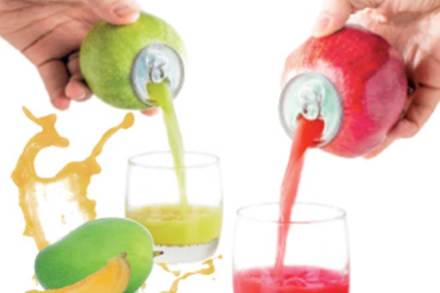Indian consumers today are increasingly becoming conscious of their lifestyle, including food and beverage choices, in some cases prompting a shift from colas to healthier options such as juices, milk-based flavoured beverages, etc. Cold-pressed juices are also slowly finding favour amongst consumers — while Keventers has expanded into Mumbai recently, Juice Up launched its first kiosk in Noida in 2016. Even the likes of McDonald’s are now offering customers the choice to opt for milk-based beverages (chocolate milk, smoothies or shakes) with their meals.
“Buying behaviour is changing. India is the diabetic capital of the world and there is much more awareness now, leading to growth of fruit-based drinks in the last one year,”says Abneesh Roy, SVP institutional equities, Edelweiss Securities. “In the medium- to long-term, fruit-based and milk-based beverages will take away a lot of market share from colas, with ready-to-drink beverages in the dairy segment also coming to the fore.”
The market share of fruit juices, nectars and juice drinks stands at around 25.1%, which is still less than that of carbonated drinks (about 48%), as per KPMG.
Mayank Kumar, marketing head at Dabur India, states that the all-India penetration of juices stands at around 3%, which is very low, “so currently the strategy is to increase penetration and make products more relevant. We are doing this through new sub-brands and flavours”.
You May Also Want To Watch:
Sensing similar consumer trends, milk-based beverages are also coming to the fore, with Amul actively pushing its Kool range, Danone Nutricia launching Protinex Grow for children aged between 8 and 15 years, while Nestlé India has relaunched Milo as a ready-to-drink beverage with less than 10 grams of added sugar per serve in a 180ml pack. Says Arvind Bhandari, GM, dairy, Nestlé India, “The introduction of Milo is part of our vision to provide dairy-based beverage solutions rooted in nutrition, health and wellness.”
The challenge currently for companies is to increase availability and affordability of packaged juices to cater to the growing consumer demand. Juice-based drinks are growing in small towns and rural markets as well, but the breakfast table phenomenon poses another challenge.
Unlike the West, where juices form an important part of one’s breakfast, Indians are habituated to tea, coffee and milk. As a result, brands have to critically see how to position juices.
